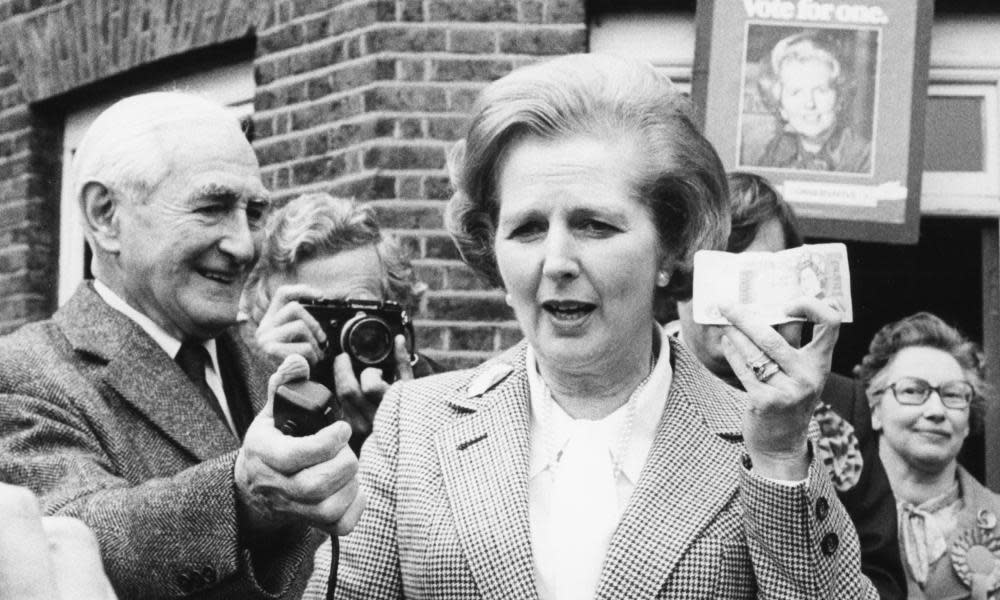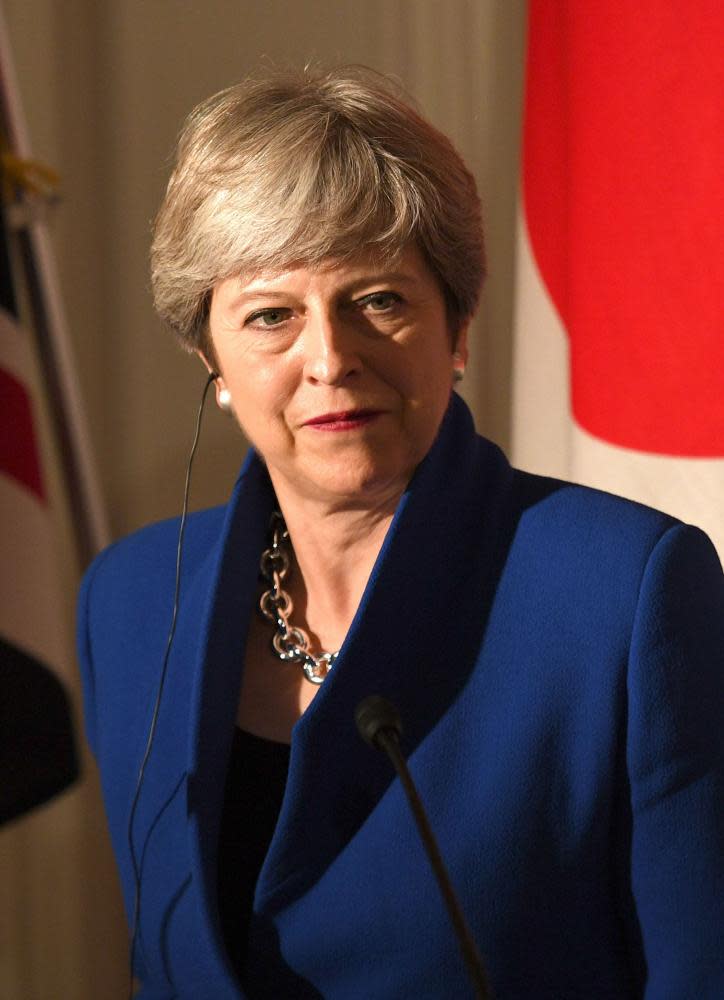May wants to break with Thatcher’s legacy. More cash for the NHS is a start

Brexit so often dominates our politics, as it did this week with yet another fraught House of Commons debate on how it is to be achieved. But, strange though it may seem, Europe is not the only epochal argument in British politics today. The implications of this week’s announcement about funding for the National Health Service run it very close, with one important difference. The Brexit argument is deafening in the public arena. The spending argument is not. It awaits its public voice.
Theresa May’s handling of the NHS spending announcement was mendacious and silly. Nevertheless this is big money, serious governmental stuff. It is an explicit recognition at the very top of the Conservative government that public spending can be politically and socially essential. Yet May’s party has yet to internalise that truth. May herself has a track record of public advocacy of this progressive kind – on the “just about managing” in 2016, on reform of social care last year, and now on health. But she also has a bleak record when it comes to acting on it.
Antonio Gramsci wrote of his sense that the old order was dying but the new was struggling to be born
The worm in the bud of the NHS announcement was that May was unable to say anything coherent about the inescapable role of taxation and borrowing in paying for large health spending increases. She willed the end without seriously willing the means. This was one reason why she took refuge in the Brexit dividend fantasy. But it also illustrated that this Conservative leader, like many before her, lacks the conviction to make a case for necessary public finance.
The disabling lack of clarity about the NHS spending commitment reflects both an immediate political context and a deeper one. The immediate context is the chancellor. Philip Hammond and the Treasury remain the guardians of austerity. On Monday, two days after signing off on the new spending, Hammond came straight to cabinet and told them there was no more money available for other programmes.
In theory, this ban would include the social care budget, which May attempted to boost during the 2017 election but which is unaffected by the NHS announcement, as well as major programmes such as housing, police, schools, students and policing – all of which have strong ministerial and backbench advocates, and some public support. All these departmental budgets will supposedly remain strictly corseted by existing spending curbs. Officially, Hammond regards the NHS settlement as a one-off, outside the continuing cycle of budgets and spending reviews.

This is unsustainable either in practice or theory. May was reported on Tuesday to have told Hammond that he has a free hand to tear up Conservative manifesto tax pledges from 2017 in order to help pay for the NHS deal. If that happens, corporation tax would remain at 19p rather than cut to 17p, as pledged in the manifesto. Personal allowances and the 40p higher tax band would not be raised as promised last year. These options would raise nearly half the total required to pay for the extra NHS spending. But it would not be enough.
This means, as May put it this week, that “across the nation, taxpayers will have to contribute a bit more in a fair and balanced way to support the NHS we all use”. It puts the Tory party and the voters on notice that real tax rises are likely in the autumn. It leaves open whether they will be rises in personal taxes such as income tax or national insurance. It also leaves the fiscal rules and borrowing targets untouched. Yet these are now straining at the seams as political pressure increases for further spending, especially on social care. This is a turning point and something else has to give.
These are weasel words. But this is a big moment. A social democratic government would have qualms about the electoral impact of such increases but little philosophical difficulty. Can the 21st-century Conservative party embrace such a course and still remain at ease with itself? This is the crux of the debate that the party needs. And it brings us to the deeper Conservative argument about political economy that underlies the current dilemmas.
Ever since the 1980s, every government of either political stripe has operated in a post-Thatcherite shadow. This was true of Labour from 1997 to 2010, which felt constrained by the Thatcherite settlement. For the Tory party, though, the impact was more profound. To Tory policymakers, Thatcherism bequeathed a supposedly virtuous circle of private wealth, sound money, low borrowing, lower taxes and reductions in public spending that has dominated policy ever since.
Post-Thatcher Conservative governments have become much more socially liberal than Thatcher’s were. None of them, though, has managed to make an equivalent journey towards a more pragmatic and centrist form of political economy. A recent member of the cabinet, now on the backbenches, told me privately a few weeks back that the party remains “mentally shackled”.
There is a ferment of thinking on many issues across the Tory party. But the Conservatives remain intensely wary of accepting that Thatcherism’s time has passed.With the exception of the party’s embrace of the NHS, about which May made some historically simplistic claims on Monday, there is strikingly little appetite for connecting with its admirably practical postwar and pre-Thatcher traditions of public investment(in housing, for example) and readiness for tax increases where necessary, whether for social or economic policy reasons. May’s 2017 manifesto made a rhetorical attempt to break with Thatcherite ideas, but the election loss meant the effort to plot a new course was effectively abandoned.
Two things make this a pressing issue for the May government and for the Tory party in the next decade. The first is that post-Thatcherism and austerity have simply run their political course. This is encapsulated in the inescapable need for some higher spending, and for the means to pay for it, not just on the NHS but on care, housing and education. Neither lower taxes nor fiscal austerity address the needs of the nation any longer, especially after Brexit.
The second pressing issue is that Labour appears committed not just to break with the post-Thatcherism of New Labour but to roll back the entire Thatcherite settlement to the supposedly prelapsarian 1970s. This is helping to create an inviting space in the political centre ground, which the Tories may be better at filling than Labour under Jeremy Corbyn’s eventual successor. A space that beckons for a post-Brexit centre-right party, perhaps under a leader like Ruth Davidson.
So, the conditions exist for this to happen. But will it? That is another matter, and it all depends on how wedded the next generation of Conservative leaders are to the dogmas of Thatcherism and austerity In a famous observation, Antonio Gramsci wrote of his sense that the old order was dying but the new was struggling to be born. You could say exactly the same about the Conservative party of Theresa May as it grapples with an issue which will define it for the 2020s, whatever happens on Brexit.
• Martin Kettle is a Guardian columnist

 Yahoo News
Yahoo News 
